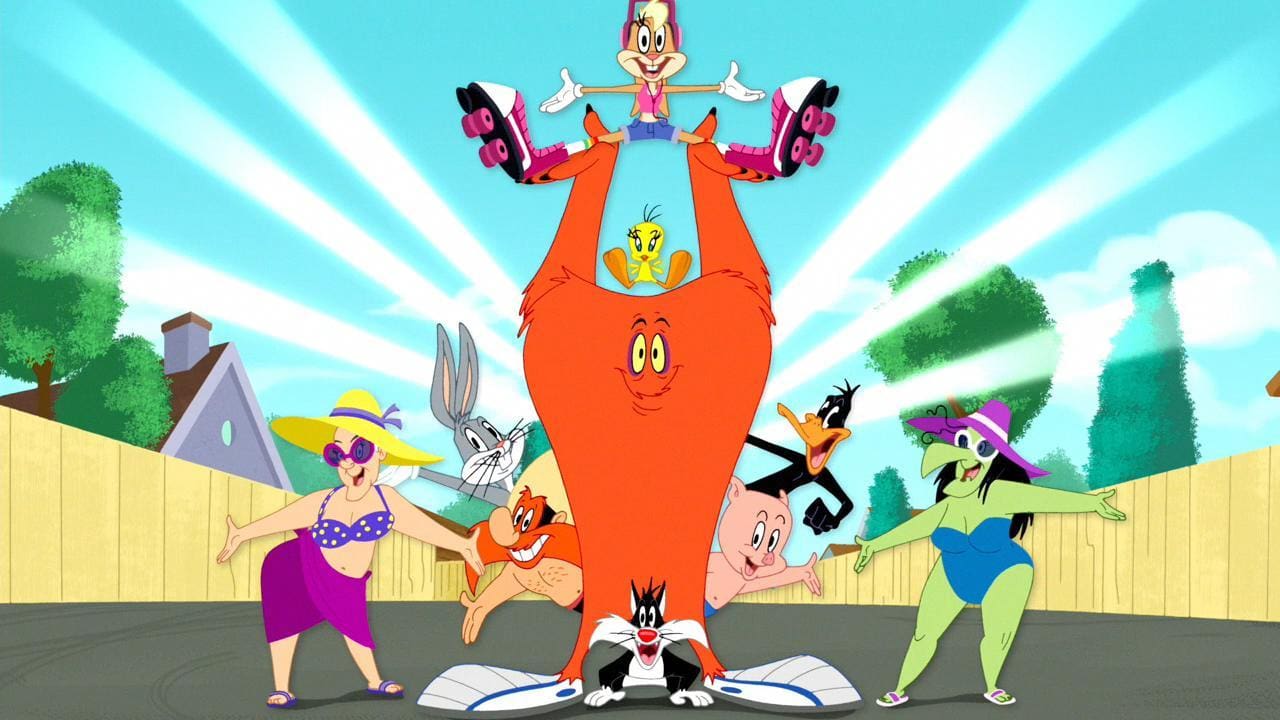Gossamer, a character from Looney Tunes and Merrie Melodies animated series, is a sizable, furry monster with a vivid orange or red color.
When it comes to the Looney Tunes universe, characters like Bugs Bunny, Daffy Duck, and Lola Bunny often come to mind.
However, there’s a larger-than-life character that demands attention: Gossamer. This towering, red, and hairy monster debuted in 1946 and has since become a beloved figure in animation.
In this article, we will delve into the fascinating world of Gossamer, exploring his origins, character development, memorable moments, and the impact he has had on the Looney Tunes series and beyond.
Gossamer: The Hairy History of Looney Tunes’ Lovable Monster
This endearing monster often engages in humorous encounters with other classic characters, such as Bugs Bunny, adding a unique charm to the beloved cartoons.
Voiced by
- Mel Blanc (1946–1980)
- Frank Welker (1990)
- Maurice LaMarche (1995, 2002)
- Jim Cummings (1996–2006)
- Joe Alaskey (2000–2001)
- Kwesi Boakye (2011–2014)
- Eric Bauza (2018)
- Fred Tatasciore (2020–present)
Created by
- Chuck Jones
- Michael Maltese
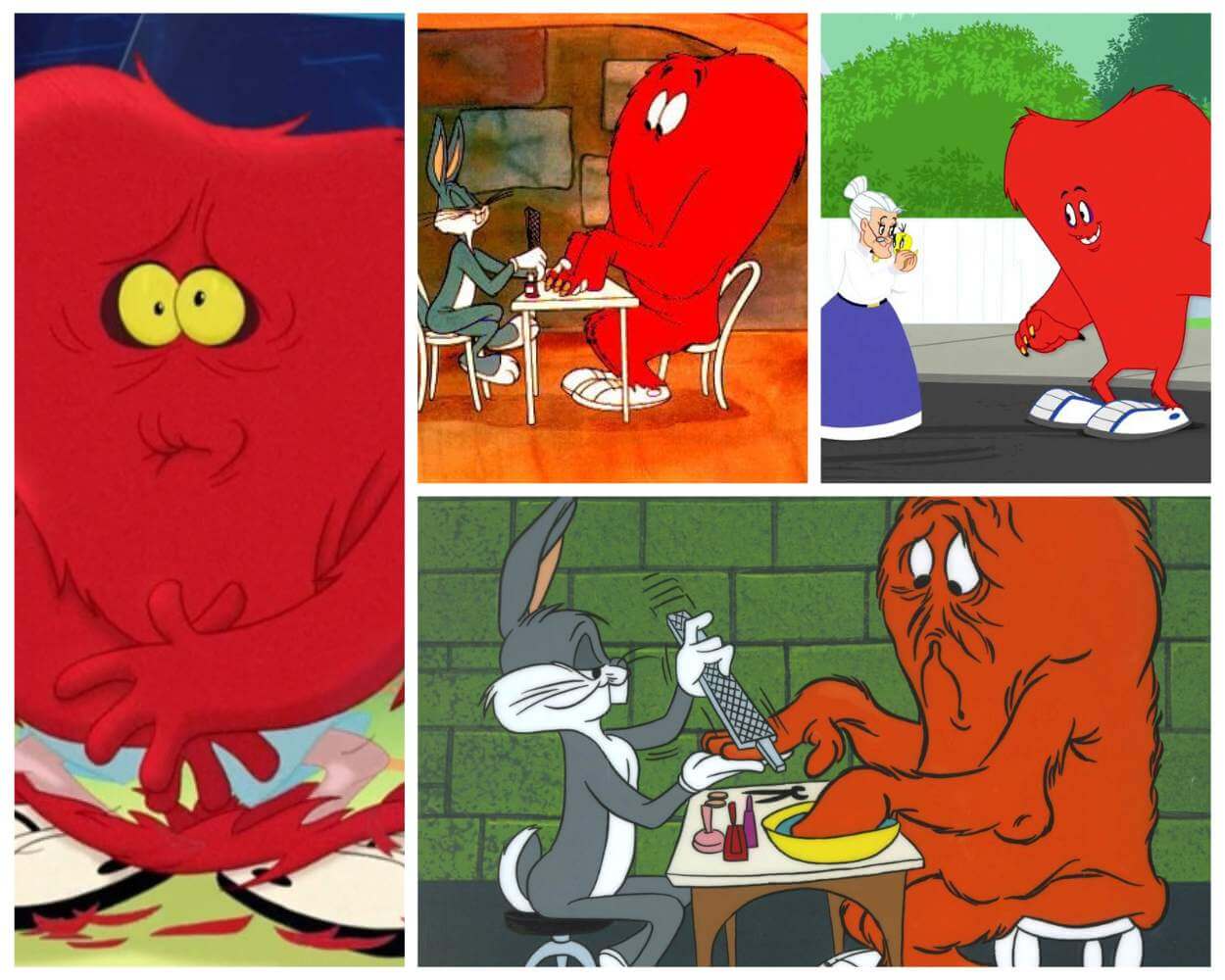
Gossamer Origins and Character Development
In the 1946 animated short “Hair-Raising Hare,” created by Chuck Jones, Gossamer made his first appearance.
Initially introduced as “Rudolph,” a menacing monster meant to scare and challenge Bugs Bunny, Gossamer soon captured the hearts of audiences with his large, lumbering frame, red fur, and tennis shoes as an unconventional antagonist.
Gossamer’s character transformed over time, evolving from a menacing monster to a more sympathetic, misunderstood creature. Although he still possesses incredible strength and size, later appearances depict him as a gentle giant, often manipulated by other, more cunning characters.
This evolution adds depth to Gossamer’s character, emphasizing the importance of empathy and understanding in the Looney Tunes universe.
Gossamer and Bugs Bunny: A Relationship of Wits and Wisdom
The ongoing relationship between Gossamer and Bugs Bunny presents one of the most intriguing aspects of Gossamer’s character. Although the two characters frequently face off as adversaries, their interactions unveil a deeper bond that surpasses the usual hunter-prey dynamic.
In their numerous encounters, Bugs Bunny consistently outwits Gossamer with quick wit and cunning. However, these interactions often humanize the red monster instead of humiliating Gossamer, emphasizing his vulnerability and loneliness.
As the series progresses, the relationship between Gossamer and Bugs shifts from antagonism to mutual respect and understanding.
This unique dynamic between the two characters adds depth to both and allows one to explore themes such as empathy, friendship, and the importance of looking beyond appearances.
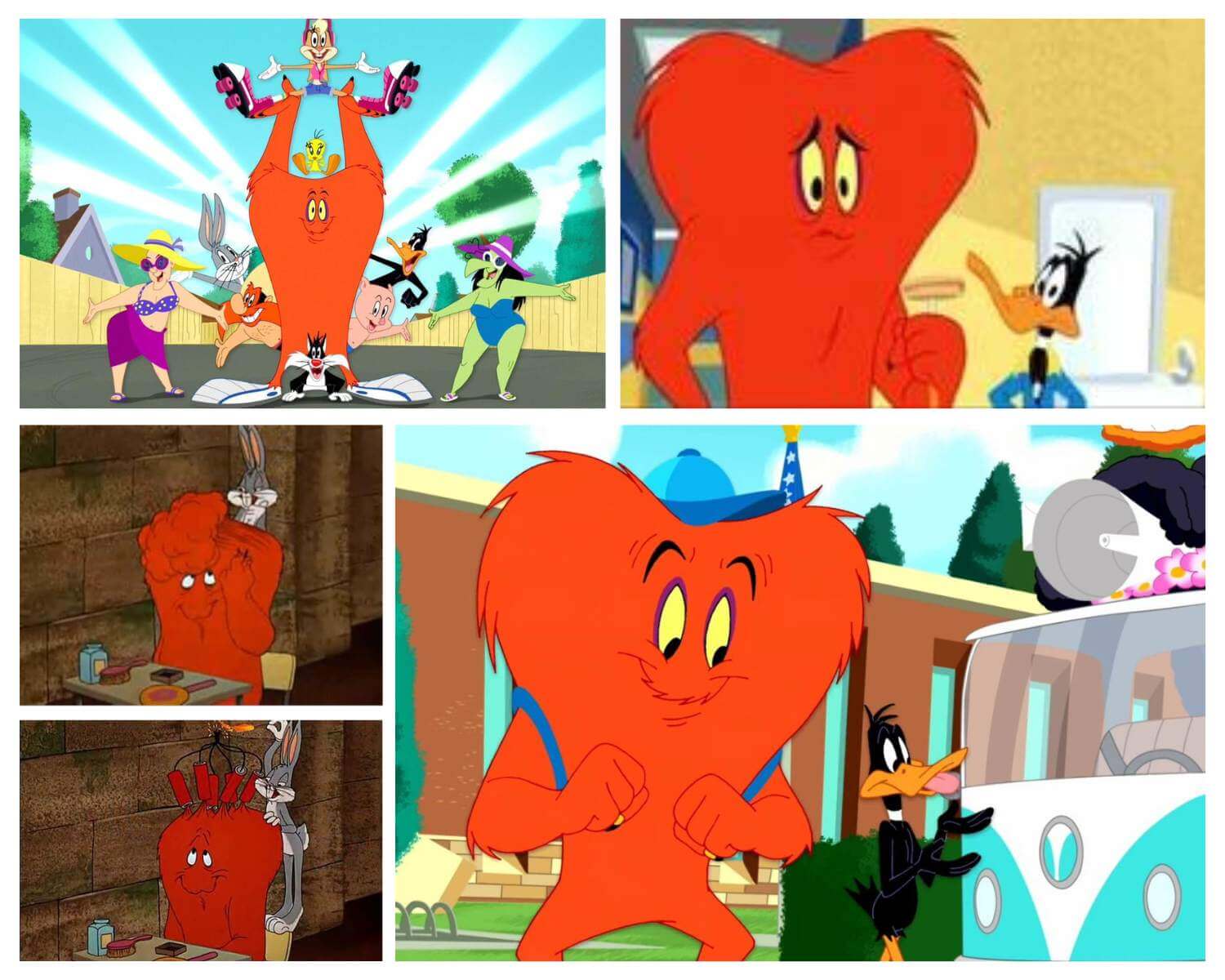
Memorable Moments
Gossamer’s encounters with other Looney Tunes characters have provided some of the most memorable moments in animation history.
Some of his most iconic appearances include:
Hair-Raising Hare (1946)
In his debut, Gossamer is summoned by an evil scientist to capture Bugs Bunny. Despite his menacing appearance, Bugs quickly turns the tables on Gossamer, outsmarting him and escaping from the mad scientist’s lair.
Water, Water Every Hare (1952)
Gossamer, under the control of an evil scientist named Dr. I.C. Spots, once again faces off against Bugs Bunny. In a hilarious sequence, Bugs gives Gossamer a manicure and hairstyle makeover, effectively neutralizing the threat he poses.
Duck Dodgers and the Return of the 24½th Century (1980)
In this sci-fi-themed Looney Tunes short, Gossamer appears as a henchman for Marvin the Martian.
The Looney Tunes Show (2011-2014)
In this modern adaptation of the Looney Tunes series, Gossamer is depicted as a shy and sensitive teenager, exploring themes of friendship and fitting in with his fellow characters.
Gossamer and the Importance of Empathy in Today’s World
Fulfilling a harmonious and inclusive society requires empathy and understanding in a world where daily interactions occur among people of diverse backgrounds, cultures, and beliefs.
The transformation of Gossamer’s character from a fearsome monster to a relatable, sympathetic figure emphasizes the significance of acknowledging humanity and complexity in others.
Gossamer’s journey reminds us that appearances can deceive, and making hasty judgments based on outward traits may result in misunderstandings and lost opportunities for connection. By adopting Gossamer’s message of empathy, we can contribute to constructing a more compassionate and inclusive world.
Impact on the Looney Tunes Series and Beyond
Gossamer actively contributes a unique and compelling character dynamic to the Looney Tunes series. As he evolves from a fearsome monster to a misunderstood and sympathetic figure, he teaches audiences valuable lessons about empathy, understanding, and the importance of looking beyond appearances.
Gossamer’s iconic design and memorable appearances also secure his position among classic animated characters. His influence spans various forms of media, including movies, television shows, video games, and merchandise.
The lasting impact of Gossamer demonstrates the power of innovative character design and captivating storytelling.
The Future of Gossamer in Looney Tunes
As Looney Tunes maintains its popularity and introduces new adaptations and spin-offs, Gossamer’s character has ample opportunity to evolve further and engage with contemporary issues. Potential storylines might delve into themes like bullying, self-acceptance, and the significance of emotional intelligence.
Future episodes could portray Gossamer as a mentor figure who assists other characters in confronting their insecurities and fostering empathy for those around them.
Alternatively, Gossamer could advocate for inclusivity and tolerance, drawing on his experiences as a misunderstood monster to encourage understanding and acceptance among the diverse inhabitants of the Looney Tunes universe.
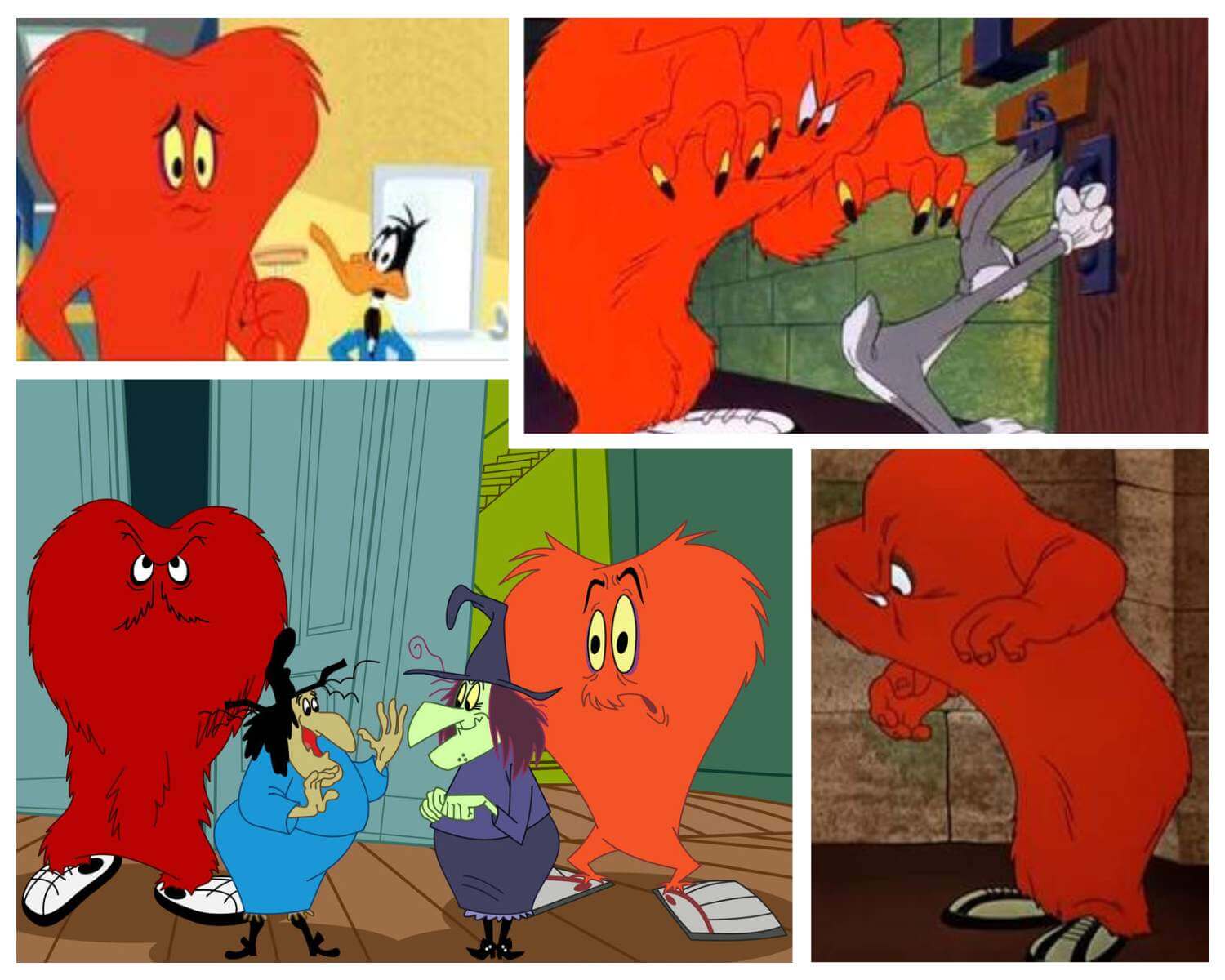
Gossamer’s Impact on Monster Characters in Popular Culture
Gossamer’s enduring popularity and appeal significantly influence the depiction of monster characters in popular culture.
His unique combination of ferocity, vulnerability, and humor has set the stage for a new generation of monster characters that challenge stereotypes and highlight the significance of empathy and understanding.
You can find examples of characters inspired by Gossamer in various forms of media, such as:
Sulley from Monsters, Inc.
Like Gossamer, Sulley is a giant, furry monster who initially appears terrifying but is ultimately revealed to be gentle and caring.
Chewbacca from Star Wars
The iconic Wookiee character shares Gossamer’s towering stature, abundant hair, and fierce loyalty to his friends.
The Bumble from Rudolph the Red-Nosed Reindeer
Like Gossamer, this classic stop-motion animated character begins as a fearsome monster but ultimately becomes a gentle, misunderstood friend to the protagonists.
These examples demonstrate Gossamer’s lasting influence on popular culture and the enduring appeal of monster characters who defy expectations and challenge stereotypes.
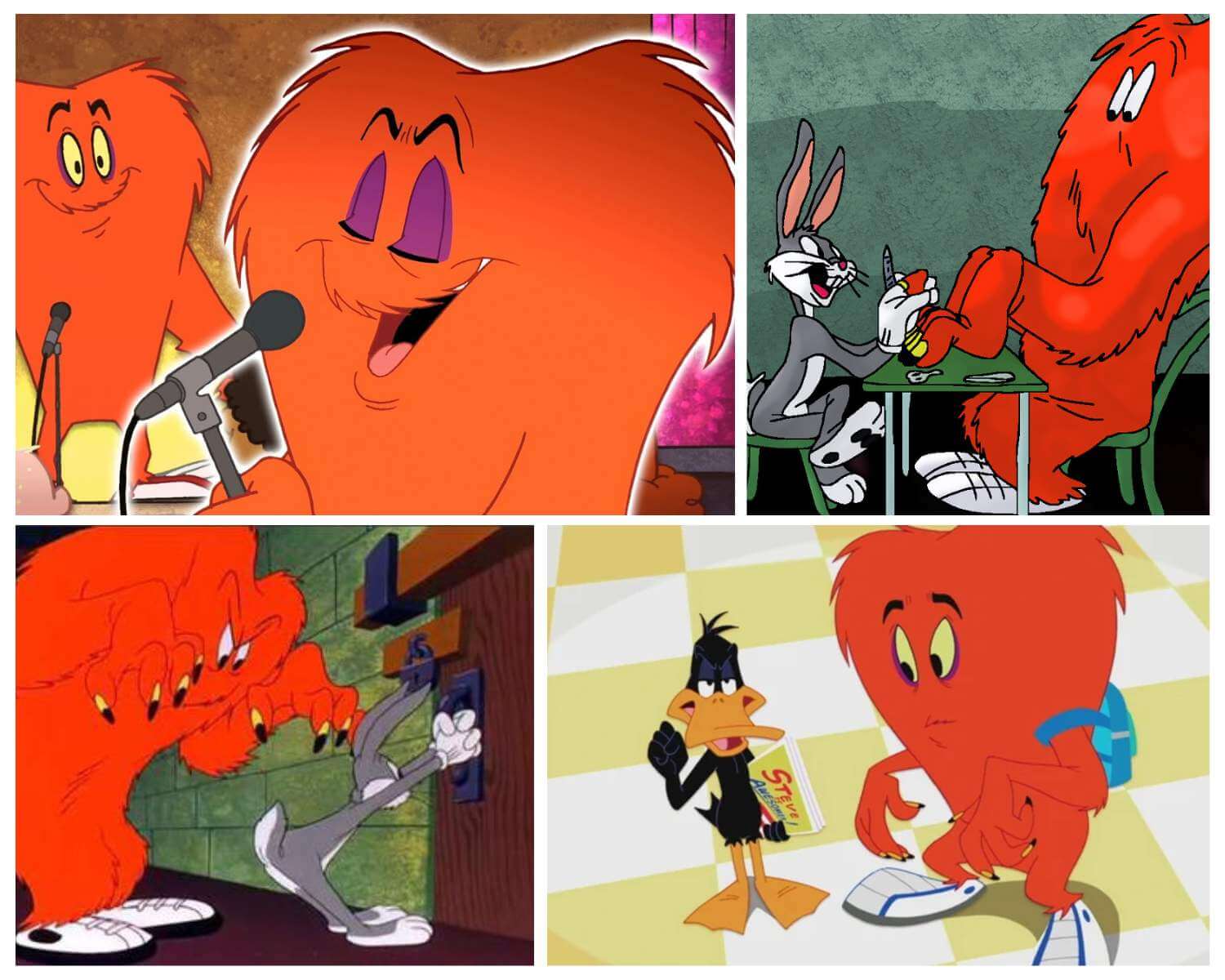
Gossamer in Animation
Gossamer, the red monster from Looney Tunes, actively leaves an indelible mark on the world of animation with his unique character design, memorable moments, and evolving relationship with Bugs Bunny.
By defying traditional monster stereotypes and delving into themes of empathy, friendship, and understanding, Gossamer influences the development of numerous iconic characters in popular culture.
As we enjoy the adventures of the Looney Tunes characters, Gossamer’s legacy powerfully reminds us of the importance of looking beyond appearances and embracing the complexities of the characters we encounter.
